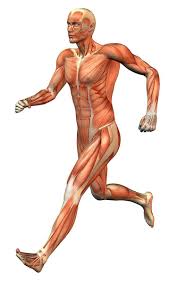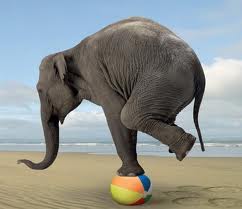Running blog series: Part 2: Strengthening:

As a Physiotherapist I see many runners and generally I have observed that it is rare that any of these runners actually do any strengthening exercise. Even when they say they do, closer examination finds they aren't really and they are using too light of a resistance / weight and due to this, the effect that they are creating in muscular endurance. Some runners say, why do I need strength as surely the load isn't that great? Well daily activities place a lot of load through the body, for example the hip joint withstands 2610 pressure per square inch (PSI) going up the stairs (Car tyre pressure 29 PSI)! Remember this is only walking! In running your knee cap force is 3 times your body weight! If you squat and jump then the load through your kneecap is even more, with 6 times your body weight (Reid 1992). So as you can see your body is taking a pounding! So if you have stronger muscles then they can absorb some of this load: The knee is the weight

